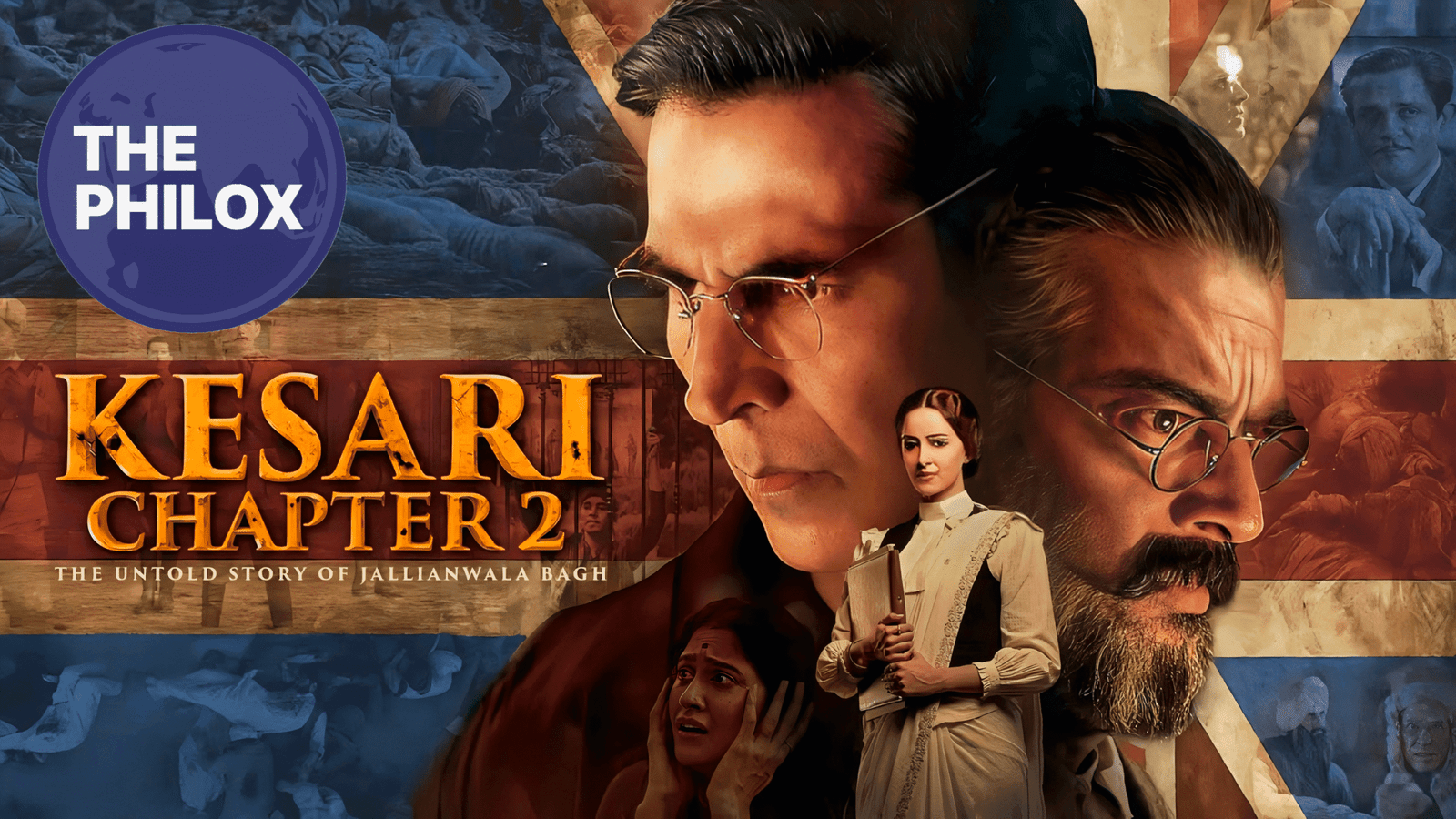A Sequel with High Anticipations
Published on April 18, 2025, Kesari Chapter 2 was expected to follow the popularity of its 2019 counterpart, Kesari, which brought in ₹152 crore.
Emphasizing C. Sankaran Nair’s brave legal protest against the British government, the movie sought to highlight a less-known period of Indian history.
Under direction by Karan Singh Tyagi and produced by well-known figures like Karan Johar and Aruna Bhatia, the film had a great ensemble and an engaging story.
Commercial Performance Against Critical Reception
The film’s riveting courtroom scenes and strong performances won over critics. Reviewers pointed out Akshay Kumar’s exceptional performance of Nair, noting his departure from conventional roles to provide a complex one.
Though the movie had great reviews, it suffered commercially and only made ₹62 crore against its big budget.
Controversial Marketing and Booking Techniques
Reports show that the creators of the movie used aggressive corporate booking strategies in order to support first box office figures.
Apparently, business entities bought big blocks of tickets, giving the impression of great demand.
Although this approach may have exaggerated early numbers, it failed to generate consistent audience attention, which resulted in a dramatic drop in next weeks.
Market dynamics and rivalry
Other publications, including Sunny Sanskari Ki Tulsi Kumari, which appealed to a larger consumer base, fiercely competed Kesari Chapter 2.
Akshay Kumar’s recent box office underperformance history could also have added to fan mistrust.
Story and Historical Importance
Examining the aftermath of the Jallianwala Bagh massacre, the film follows Nair’s legal struggle against the British Crown. It emphasizes issues of justice, opposition, and the strength of personal bravery against colonial rule.
Though historically significant, the film’s strong subject matter could turn off a larger audience looking for lighter pleasure.
The poor box office performance of Kesari Chapter 2 emphasizes the difficulties in juggling historical narrative with financial feasibility.
Although the movie succeeded in elevating a significant tale to the fore, its dependence on aggressive booking techniques and lack of continuous audience involvement reflect the complexity of the contemporary film market.




